How To Attach Camera Slider To Tripod ?
To attach a camera slider to a tripod, you typically need a tripod head with a compatible mounting plate. First, ensure that your tripod is stable and securely set up. Then, locate the mounting plate on the camera slider and attach it to the tripod head by aligning the plate's screw hole with the tripod head's screw. Insert the screw through the hole and tighten it securely. Make sure the camera slider is level and balanced on the tripod before using it for smooth camera movements.
1、 Choosing the Right Camera Slider for Your Tripod Setup
To attach a camera slider to a tripod, follow these steps:
1. Start by ensuring that both the camera slider and the tripod have compatible mounting systems. Most camera sliders come with a standard 3/8-inch screw hole, which is the same size as the mounting plate on most tripods. If they are not compatible, you may need to purchase an adapter or a different camera slider that fits your tripod.
2. Remove the mounting plate from the tripod head. This plate usually has a screw that attaches it to the tripod head. Unscrew it and set it aside.
3. Place the camera slider on a flat surface and locate the mounting screw hole on the bottom. Align this hole with the mounting plate on the tripod head.
4. Insert the mounting screw through the hole in the camera slider and into the mounting plate on the tripod head. Tighten the screw securely to ensure a stable connection.
5. Once the camera slider is securely attached to the tripod, you can mount your camera on the slider using the appropriate camera mounting plate or ball head.
Choosing the right camera slider for your tripod setup is crucial for achieving smooth and stable camera movements. Consider factors such as the weight capacity of the slider, the length of the slider track, and the type of movement you want to achieve. Additionally, look for features like adjustable legs, leveling bubble indicators, and smooth ball bearings for enhanced functionality.
In recent years, there has been a rise in motorized camera sliders that offer automated movement control. These sliders can be controlled remotely or programmed to follow specific paths, adding a new level of creativity to your shots. However, they tend to be more expensive and may require additional accessories like a motor controller or smartphone app.
Ultimately, the choice of camera slider depends on your specific needs and budget. Research different brands and models, read reviews, and consider renting or borrowing equipment before making a purchase to ensure it meets your requirements.
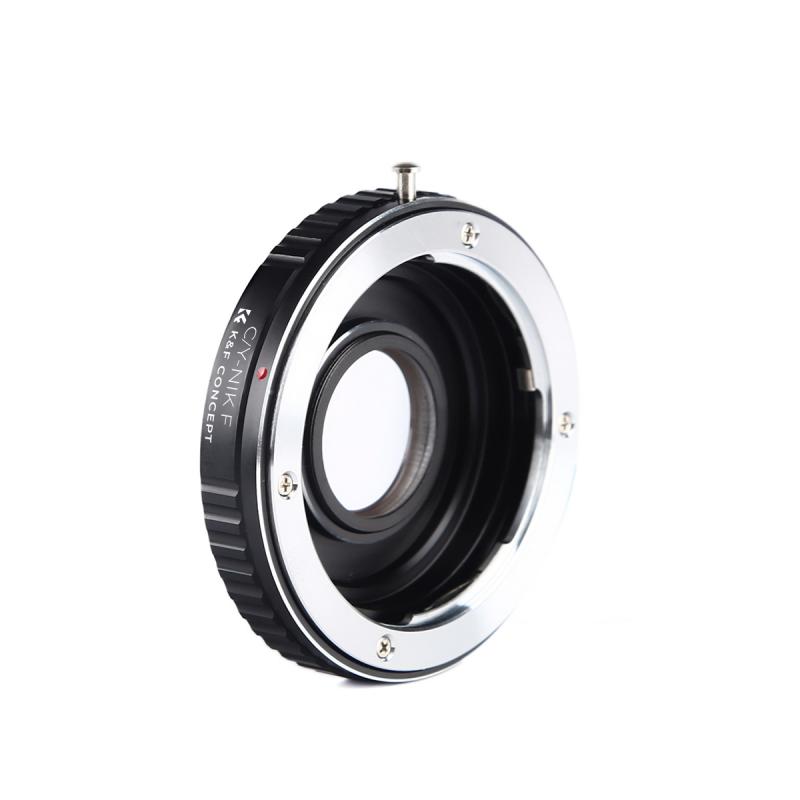
2、 Mounting the Camera Slider onto the Tripod Plate
Mounting the camera slider onto the tripod plate is a relatively simple process that requires a few steps. Here's a step-by-step guide on how to attach a camera slider to a tripod:
1. Start by ensuring that both the camera slider and the tripod plate are compatible with each other. Check the specifications of both the slider and the tripod to ensure they have the same mounting system, such as a 3/8-inch screw.
2. Locate the mounting screw on the camera slider. This is usually found on the underside of the slider carriage or platform. It is typically a threaded hole that matches the size of the mounting screw on the tripod plate.
3. Align the mounting screw on the tripod plate with the threaded hole on the camera slider. Make sure the screw is properly aligned and ready to be inserted.
4. Gently insert the mounting screw into the threaded hole on the camera slider. Slowly turn the screw clockwise to tighten it. Use a screwdriver or a coin to ensure a secure fit, but be careful not to overtighten it.
5. Once the mounting screw is securely fastened, double-check that the camera slider is properly attached to the tripod plate. Give it a gentle shake to ensure it is stable and won't come loose during use.
It's important to note that different camera sliders and tripods may have slight variations in their mounting systems. Always refer to the user manual or instructions provided by the manufacturer for specific guidance on attaching the camera slider to the tripod.
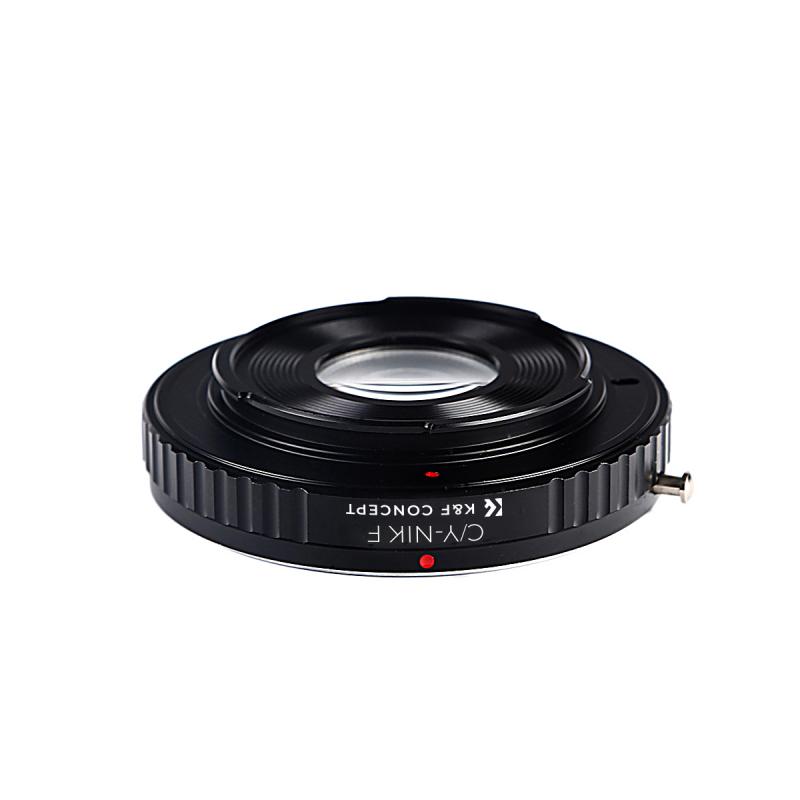
3、 Securing the Camera Slider to the Tripod Legs
To attach a camera slider to a tripod, you will need to follow a few simple steps. The process may vary slightly depending on the specific model of your camera slider and tripod, so always refer to the manufacturer's instructions for the most accurate information.
1. Start by setting up your tripod on a stable surface. Extend the legs and ensure they are securely locked in place.
2. Locate the mounting plate on your camera slider. This is usually a flat metal plate with screw holes.
3. Align the mounting plate with the tripod head. The tripod head is the part that attaches to the top of the tripod legs and allows for smooth movement and adjustment.
4. Place the mounting plate on top of the tripod head and align the screw holes.
5. Insert the screws through the mounting plate and into the tripod head. Use a screwdriver or the appropriate tool to tighten the screws securely.
6. Once the camera slider is securely attached to the tripod head, you can then mount your camera onto the slider. Most camera sliders have a standard 1/4-inch screw thread that is compatible with most cameras.
7. Attach your camera to the slider by screwing it onto the threaded screw hole on the slider carriage. Make sure it is tightened securely.
8. Finally, test the stability and movement of the camera slider by gently sliding it back and forth. Ensure that it moves smoothly and that the tripod remains stable.
It is important to note that the latest point of view on attaching a camera slider to a tripod is to ensure that both the slider and tripod are of high quality and compatible with each other. This will ensure stability and smooth movement during filming. Additionally, it is recommended to use a tripod with a fluid head for better control and smoother panning and tilting movements. Always refer to the manufacturer's instructions for specific guidelines on attaching your camera slider to your tripod.
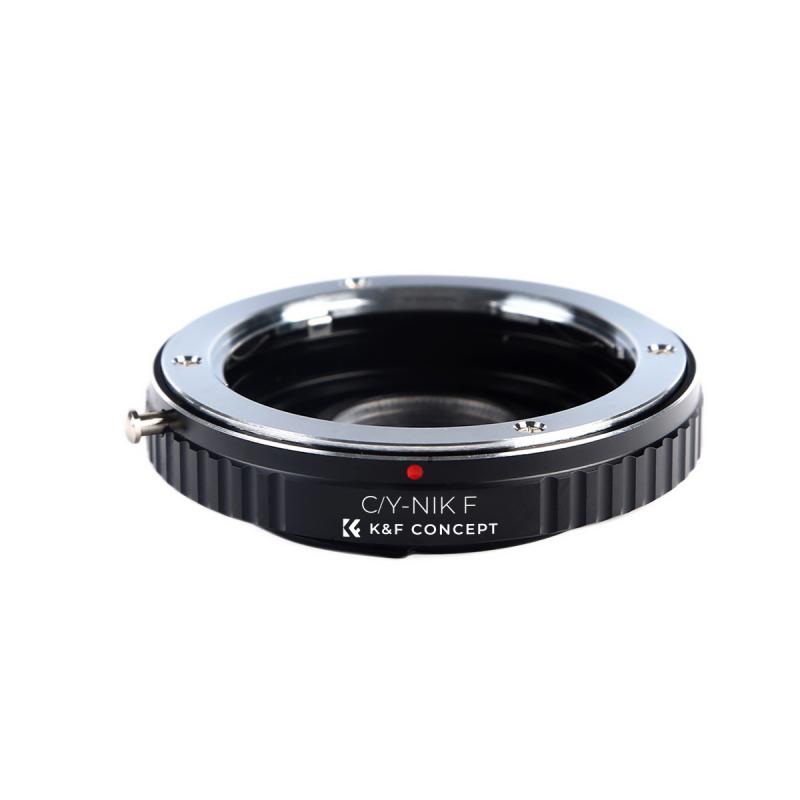
4、 Adjusting the Camera Slider for Stability and Balance
To attach a camera slider to a tripod, follow these steps:
1. Start by ensuring that both the camera slider and the tripod are compatible with each other. Check the mounting options on both devices to see if they are compatible. Most camera sliders have a standard 3/8-inch screw hole, which is the same size as the mounting screw on most tripods.
2. Place the camera slider on a flat surface and locate the mounting screw hole on the bottom of the slider. It is usually located in the center of the slider.
3. Align the mounting screw hole on the tripod head with the screw hole on the camera slider. Insert the mounting screw into the hole and tighten it securely. Make sure the camera slider is firmly attached to the tripod.
4. Once the camera slider is attached to the tripod, adjust the height and position of the tripod legs to ensure stability. Extend the legs fully and lock them in place. If needed, use a spirit level to ensure that the tripod is level.
5. Adjust the camera slider for stability and balance. This is an important step to ensure smooth and steady camera movements. Start by adjusting the tension knobs on the camera slider to control the resistance of the sliding motion. Tighten the knobs for more resistance and loosen them for smoother movements.
6. Balance the camera on the slider by adjusting the position of the camera plate. Slide the camera plate forward or backward until the camera is balanced and does not tilt to one side. Use the built-in bubble level on the camera slider or a separate bubble level to ensure that the camera is level.
7. Once the camera slider is attached and balanced, you can start using it for smooth and professional-looking camera movements.
In recent years, there have been advancements in camera slider technology that offer additional features for stability and balance. Some camera sliders now come with built-in leveling systems, which make it easier to ensure that the camera is level. Additionally, there are motorized camera sliders available that allow for precise and automated camera movements. These motorized sliders often come with smartphone apps that allow for remote control and programmable movements. These advancements have made camera sliders more versatile and user-friendly, providing filmmakers and photographers with more options for creative camera movements.
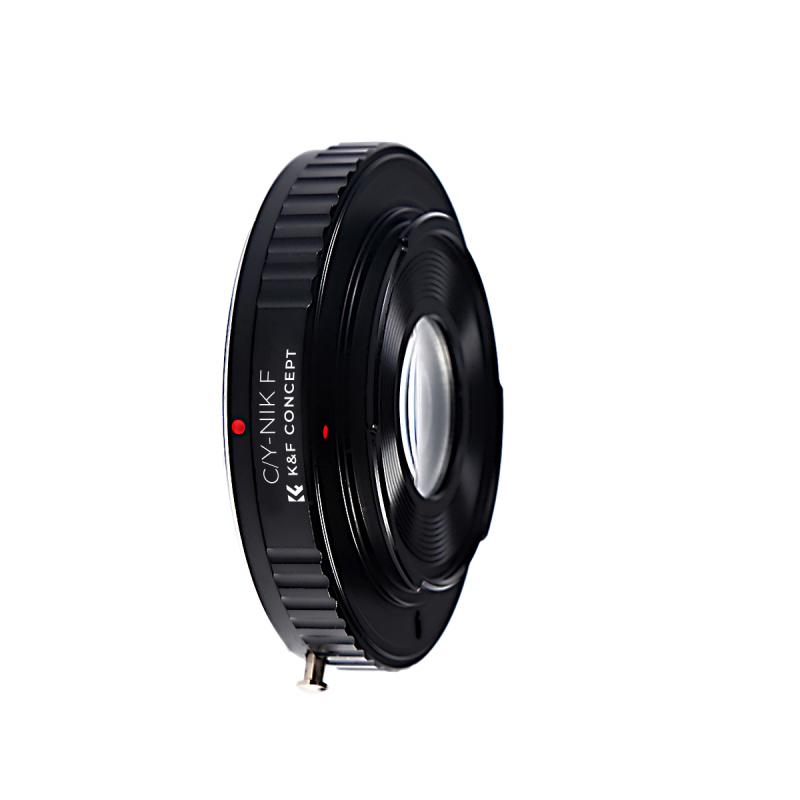








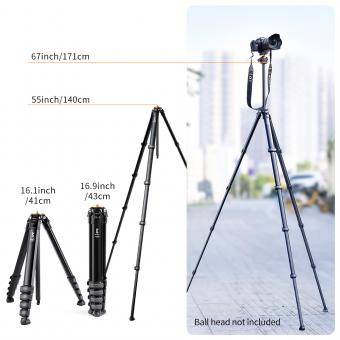


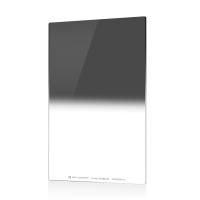
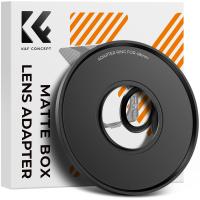

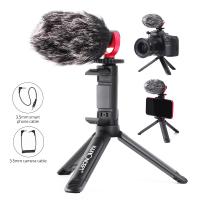


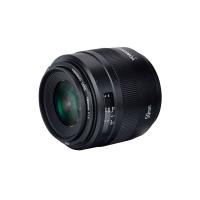




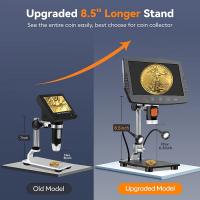
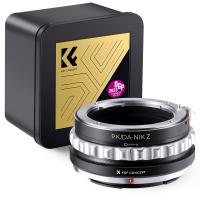
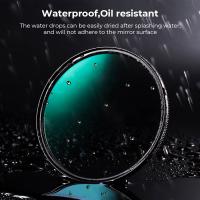
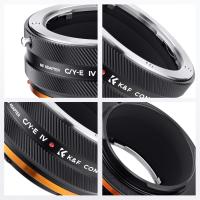
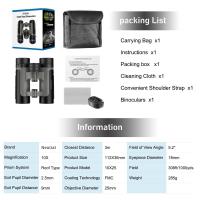
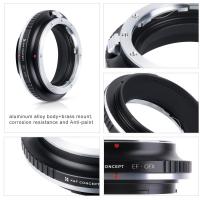
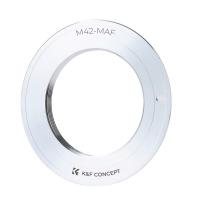

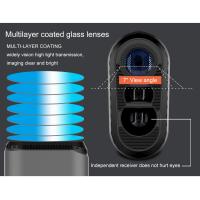
There are no comments for this blog.